For over a century, the image associated with the Texas cowboys has been a white man, like those painted by artists Charles Russell and Frederic Remington as found in the Sid Richardson Museum’s collection. Yet, one-quarter of the 35,000 cowboys who participated in cattle drives from Texas between 1866 and 1895 were Black. Less understood or appreciated is that many of these cowboys learned their craft while enslaved.
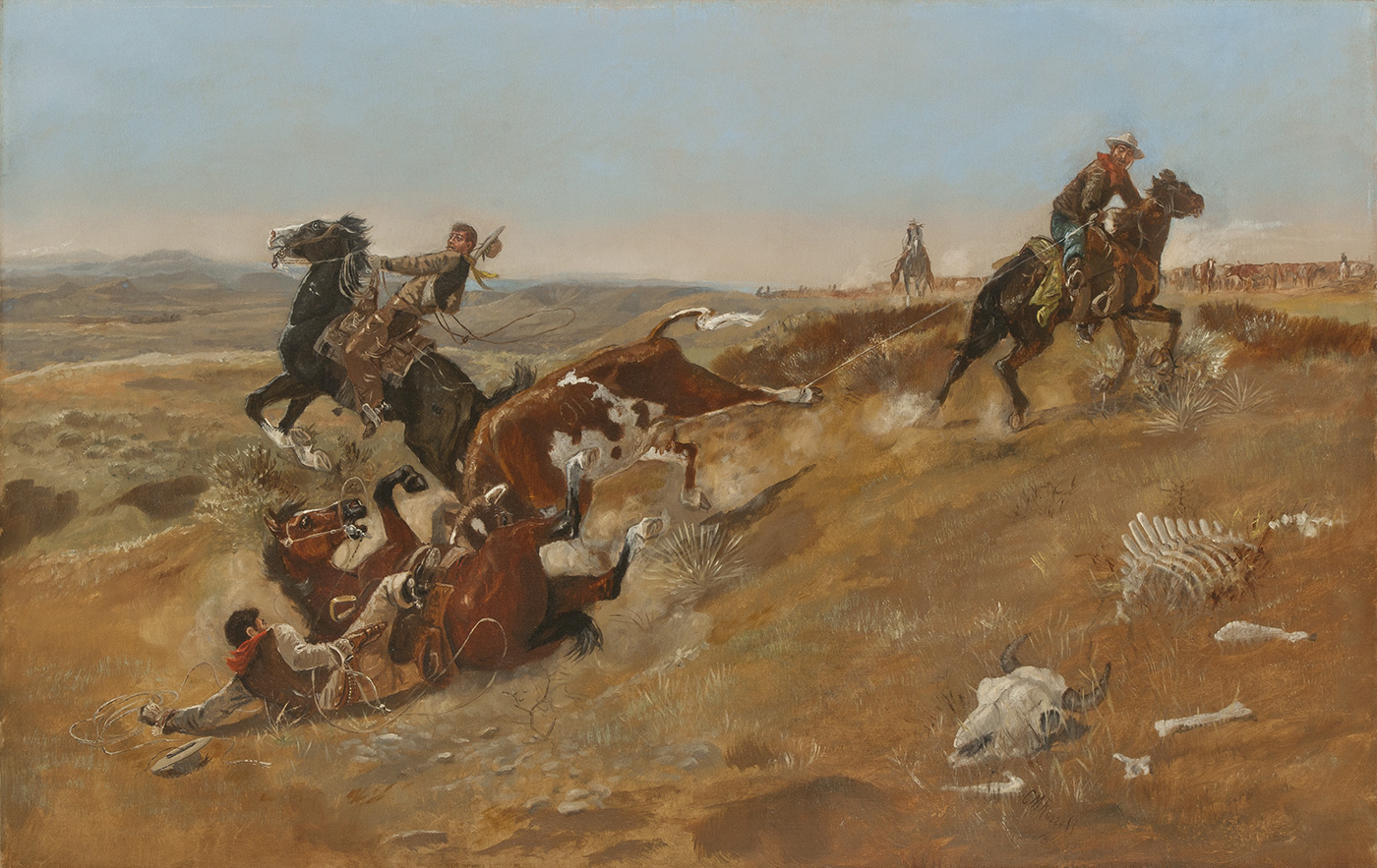
Charles M. Russell | Cowpunching Sometimes Spells Trouble | 1889 | Oil on canvas | 26 x 41 inches
Where in Texas did many of these Black cowboys live and work? The three prominent areas were the Texas coastal prairies region, East Texas piney woods region, North & Northeast Texas prairies. The coastal region dominated cattle ranching in Texas in the mid-19th century. In fact, in 1840, 62% of all tax payers in the coastal prairies region of Texas who had more than 100 head of cattle were also slave owners. And, in 1845, about 80% of the largest cattle ranchers in Texas relied on enslaved labor to manage their herds. Scholars have shown that those enslaved people performed whatever labor was needed, which includes not only tending to crops seen on plantations but to the livestock living on ranches.
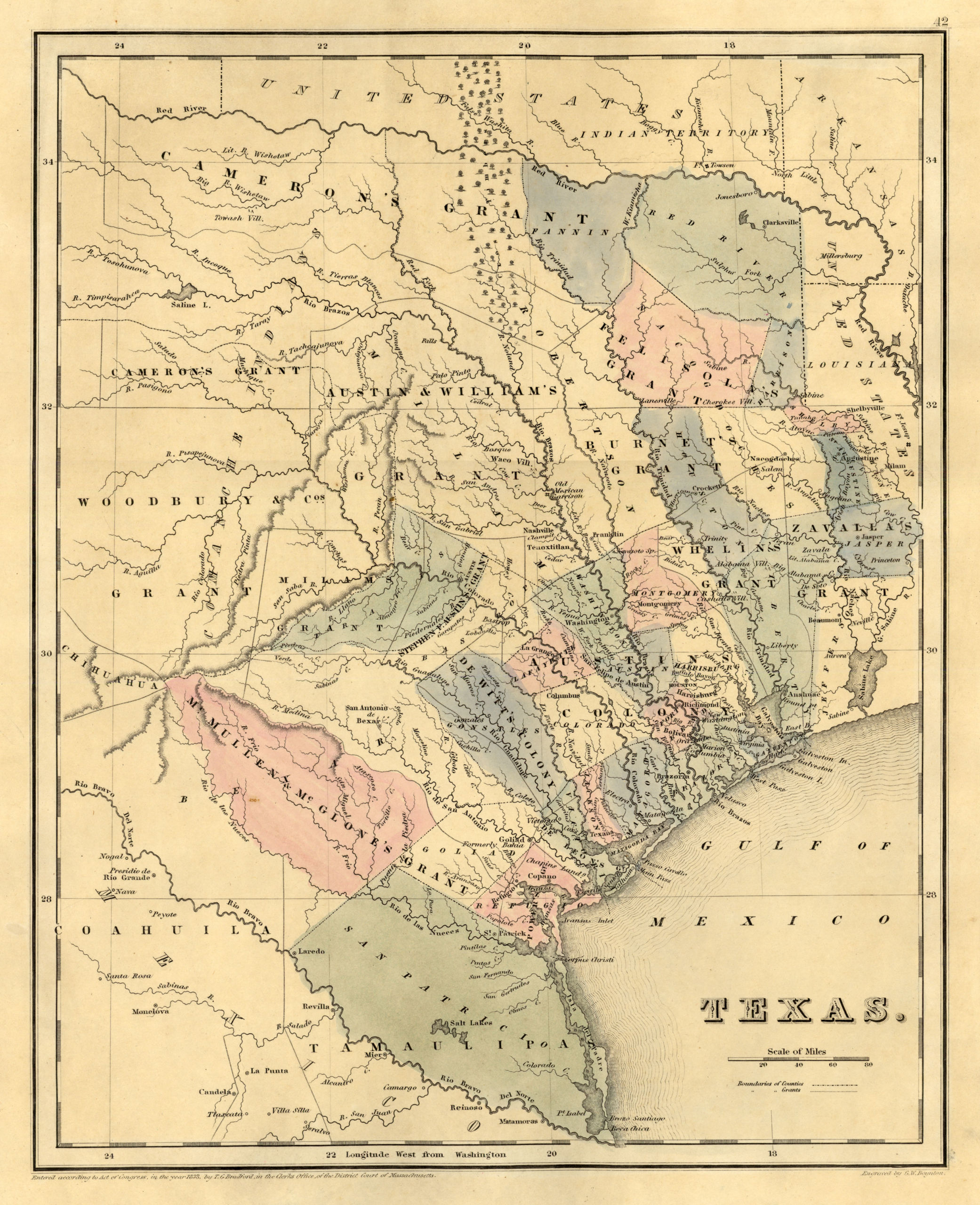
Texas. T[homas] G[amaliel] Bradford. Entered According to Act of Congress, in the Year 1838, by T. G. Bradford, in the Clerks Office, of the District Court of Massachusetts, [top right above neat line] 35. Engraved by G. W. Boynton. [Boston, ca. 1839]. Advanced issue showing Austin as the capital (established 1839). Map courtesy Dorothy Sloan-Rare Books, Austin, Texas
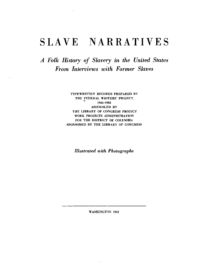
Born in Slavery: Slave Narratives from the Federal Writers’ Project, 1936-1938, Library of Congress, https://www.loc.gov/collections/slave-narratives-from-the-federal-writers-project-1936-to-1938/about-this-collection/
For many Black cowboys in the 19th century, their first job was managing horses and cattle from horseback. Some began breaking horses as young as ten or eleven years old. (To “break a horse” is the process of training a wild horse how to be ridden.) After the Civil War, many of these men continued to work on ranches throughout Texas. Some went on drives, but many stayed and continued working on the range.
In the 1930s, the government embarked on a project interviewing African American men and women who were born enslaved throughout the southern states, resulting in the resource available to scholars today – Born in Slavery: Slave Narratives from the Federal Writers’ Project, 1936-1938. This primary resource features stories like that of James Cape, a former cowboy born in the late 1820s-30s. His father was born in Africa and illegally transported to the American South after the US banned the transatlantic slave trade in 1808. James Cape grew up in South Texas, and through his interviews, recalled how when he was old enough (likely around the age of 6) to sit on a horse he learned how to ride and tend horses and cattle.
He was enslaved by Robert Houston in Gonzales County, and while working on Houston’s ranch, Cape remembered tending to large herds of horses and went on drives down to Mexico to acquire more. Tax assessment records indicate that Cape was not the only enslaved person working on the Houston ranch. In his interview, Cape boasted that he was the best rider of the group of Black cowboys, recounting a time he had to corral a herd of 200 horses during a stampede. After the Civil War, Cape continued to work as a cowboy throughout Texas.
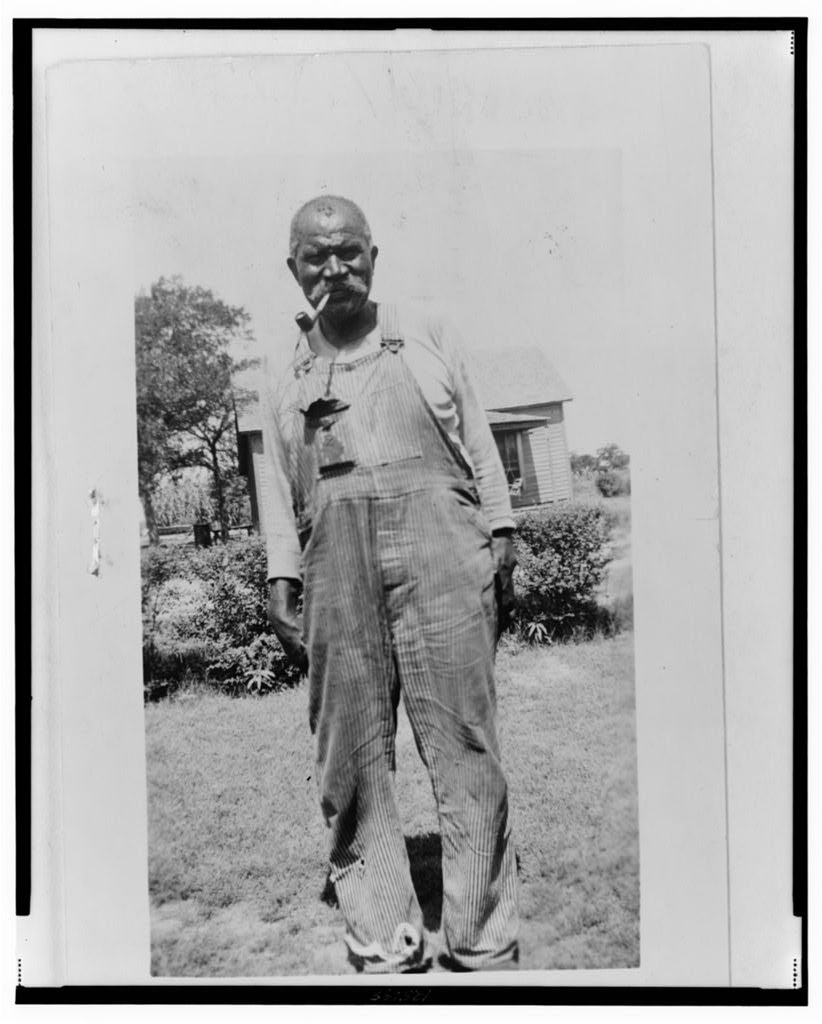
(1937) James Cape, ex-slave, Ft. Worth. United States Fort Worth Texas, 1937. June 5. [Photograph] Retrieved from the Library of Congress, https://www.loc.gov/item/99615263/.
Through their words, Dr. Ron Davis discovered how these men broke horses, managed stampedes, and lived their lives, providing a window into the lived experiences of enslaved and free Black cowboys in Texas. Ron Davis is a historian and curator of African American history at the Witte Museum in San Antonio, Texas. Last year at the Witte, he co-curated the exhibit Black Cowboys: An American Story, which opened at the African American Museum in Dallas on January 21, 2023 and will run through April 15. Other venues will follow.
To dig deeper into the history and many stories of free and enslaved Black cowboys in Texas pre & post-Civil War, check out the recording of a lecture at The Sid presented by Dr. Davis on the topic.



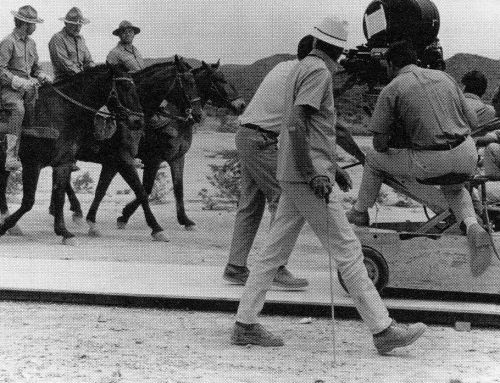
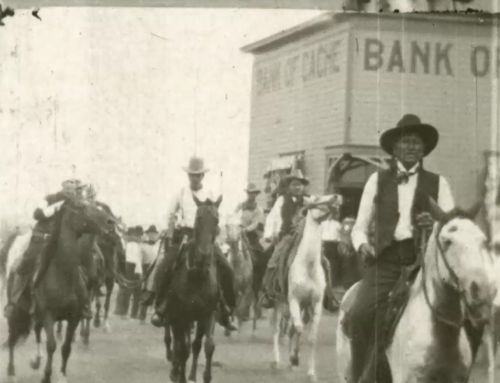
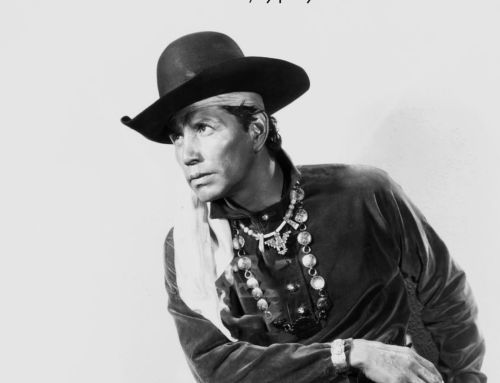
Leave A Comment